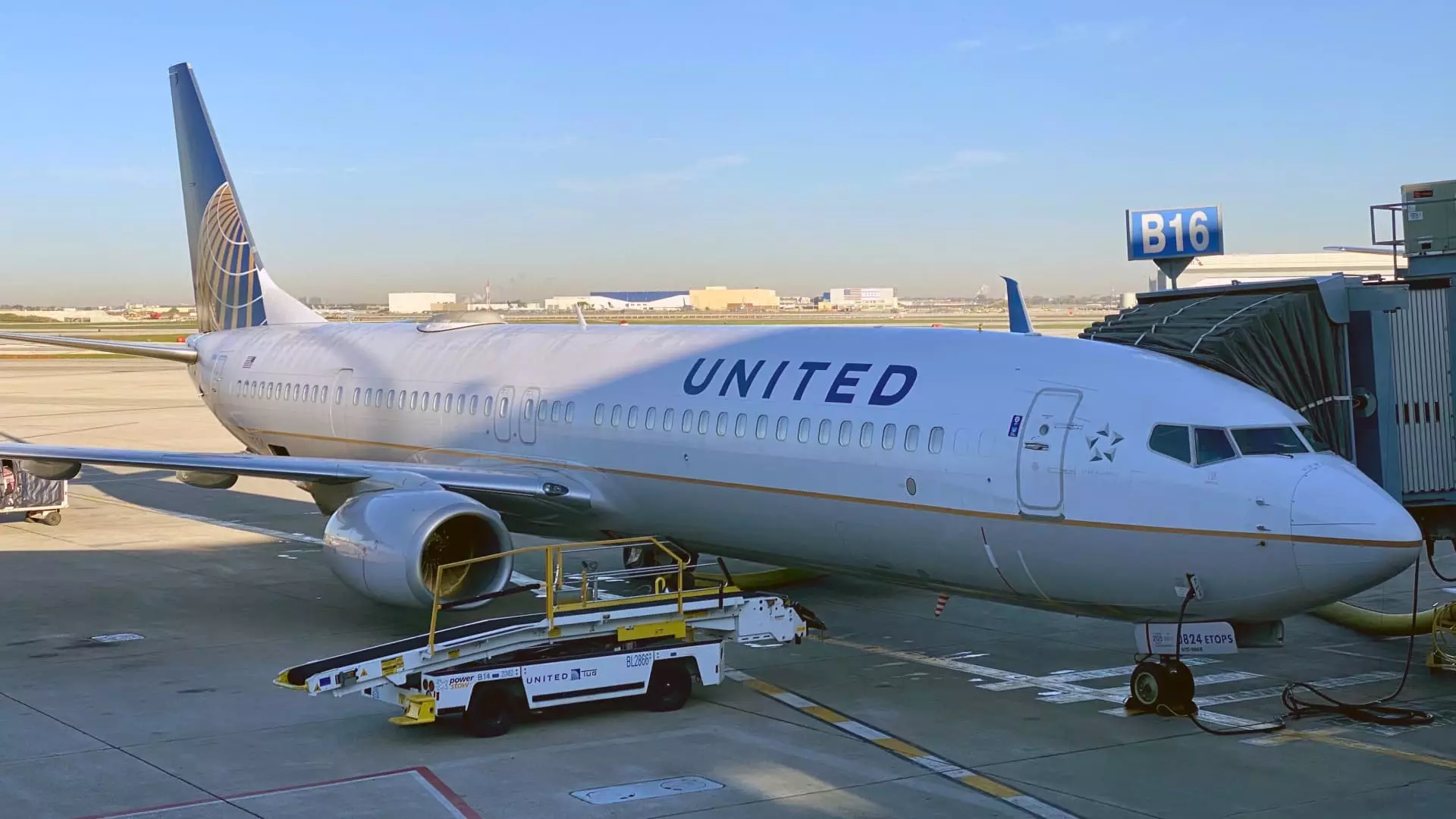United Airlines Enhances Passenger Experience with Real-Time Weather Updates
United Airlines is taking a proactive approach to address passenger frustrations regarding flight delays by implementing a new method of communication. By utilizing generative artificial intelligence, the airline will now send travelers live radar maps to provide real-time updates on weather conditions that may impact flight schedules. This innovative solution aims to enhance transparency and keep passengers informed about the reasons behind delays, whether it be bad weather, mechanical issues, or airport congestion.
Unpredictability of Weather Conditions,United Airlines real-time updates
Weather disturbances, such as thunderstorms, pose a significant challenge for airlines as they can disrupt flights even on clear and sunny days. The Federal Aviation Administration (FAA) can issue ground stops to prevent traffic from departing to avoid overloading airport facilities. Additionally, unpredictable thunderstorms can force flights to take longer routes to circumvent the adverse weather, resulting in delays for arriving aircraft. These sudden disruptions are more challenging to predict compared to larger weather systems like winter storms and hurricanes.
Strategic Partnership with FlightAware
United Airlines has partnered with FlightAware, a flight-tracking platform, to provide passengers with live radar maps and updates on various flight disruption causes. This technology will undergo testing during the busy July Fourth holiday period, where the airline anticipates setting a record with 5 million travelers flying between June 28 and July 8, representing a 7% increase from the previous year. By leveraging generative artificial intelligence and real-time data, United aims to improve the overall travel experience for passengers.
Current State of Flight Delays
According to FlightAware, nearly 942,000 U.S. airline flights, accounting for 21.4% of total flights, arrived late in the first half of the year. This performance is slightly better than the 22.3% of flights that experienced delays during the same period the previous year. With the implementation of live radar maps and enhanced communication tools, airlines like United are striving to mitigate the impact of delays and provide passengers with increased visibility and control over their travel plans.
Enhancing Communication and Transparency
The introduction of live radar maps and real-time updates represents a significant step towards improving communication and transparency between airlines and travelers. By leveraging technology to provide timely information on flight disruptions, airlines can enhance the overall customer experience and build trust with their passengers. As the airline industry continues to evolve, innovative solutions like these play a crucial role in addressing operational challenges and ensuring a smoother travel experience for all.
Benefits of Real-Time Updates
Passengers will benefit from receiving accurate and timely information about their flights, allowing them to make informed decisions. Whether it’s understanding the cause of a delay, knowing the estimated time of departure, or planning for contingencies, the live radar maps provide crucial data that empowers travelers. This level of transparency not only reduces anxiety but also allows passengers to manage their expectations better.
Technological Advancements in Aviation
The use of generative artificial intelligence in aviation marks a new era in how airlines operate and communicate with their passengers. AI-driven solutions can process vast amounts of data quickly and accurately, providing insights that were previously unattainable. This advancement is not just about managing delays but also about enhancing the overall efficiency of airline operations.
Future of Airline Communication
As United Airlines continues to test and refine this technology, the future of airline communication looks promising. Other airlines may follow suit, adopting similar technologies to improve their operations and passenger relations. The success of such initiatives could lead to widespread changes in how the aviation industry handles disruptions, ultimately benefiting travelers worldwide.
Conclusion
United Airlines’ initiative to use generative artificial intelligence for providing real-time weather updates and flight status information is a game-changer in the airline industry. By addressing the unpredictability of weather conditions and other disruptions, United is setting a new standard for transparency and customer service. This move not only helps in managing passenger expectations but also builds a foundation of trust and reliability. As the industry embraces these technological advancements, passengers can look forward to a more informed and less stressful travel experience.




















Napsat komentář